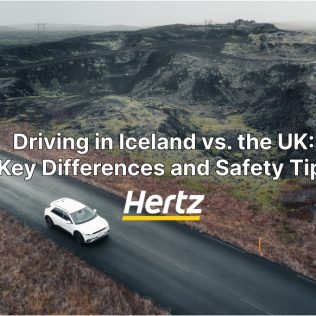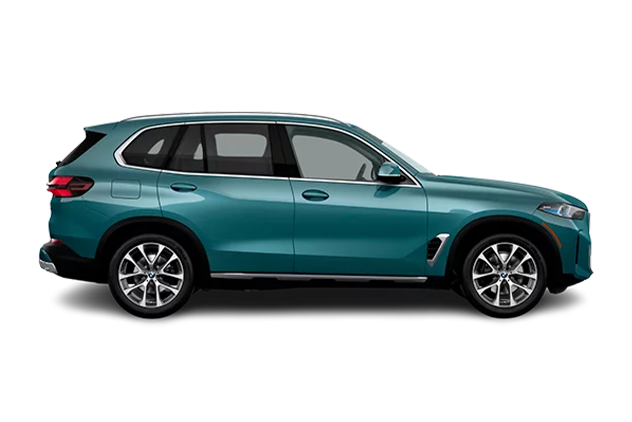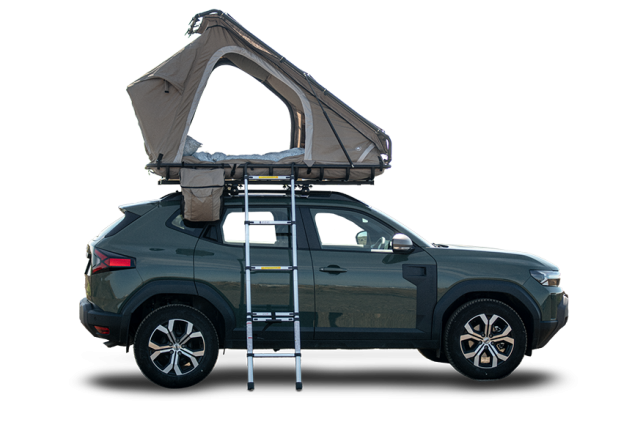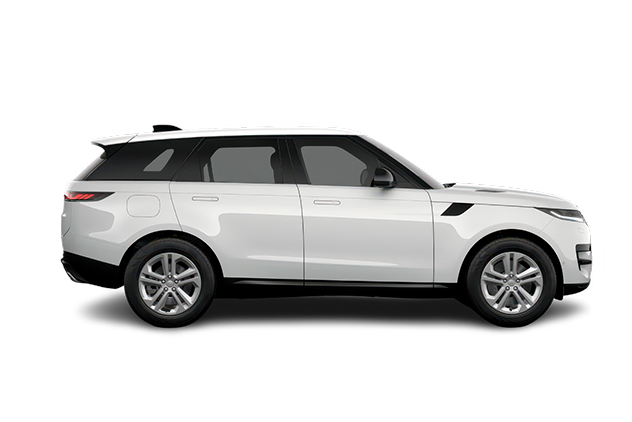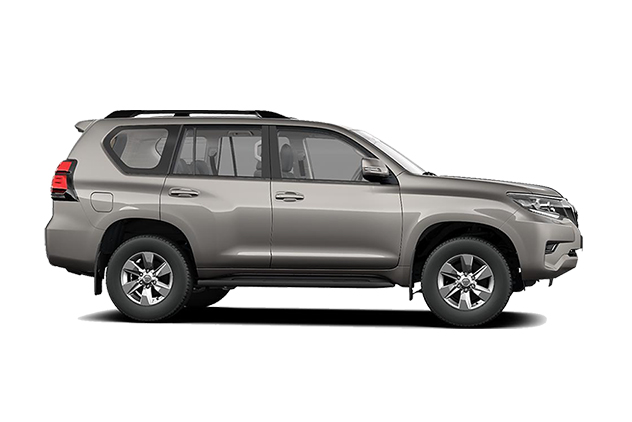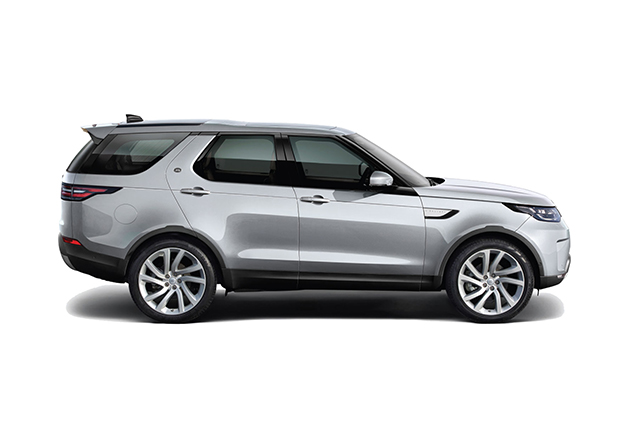Two very different lands offer unique views along their roads. Your plans might shift when basic rules change between these spots. The roads bring fresh tests, while speed means very small parts among daily items. Your drive would face large gaps in roads, towns, and fuel spots ahead.
During the next hours, we’ll check which items bring major risks. You’ll learn about speed rules, road types, and fuel needs. These facts might serve those folks who drive both areas often.
Traffic Rules and Speed Limits
The basic speed rules shift quite often in these areas. Your right turns might block other bikes since roads place bikes along outer lanes. Both lands allow right-hand drive units, while roads place bikes along the outer parts.
- Iceland: Speed tops at 50 mph along paved roads
- UK: Speed zones shift based on which roads carry folks
- Both Towns limit speed to below 30 mph around homes
Your daily trips might bring large fines, whose costs could often reach £200. Speed zones shift every third mile, while signs might blend among trees along rural roads. Rural spots often lack clear signs that might guide those quick turns ahead.
- Read more about : Driving in Iceland

Road Surfaces and Terrain Types
These lands bring roads whose faces shift based on local needs. Your tires might need prior checks since roads offer rough spots along empty miles. Both places build paved roads through major towns, while rural areas might bring stone paths more often.
Iceland roads bring black stone chips whose sharp edges might crack glass parts. Your units might catch small chips, which could grow large along bumpy miles.
Meanwhile, UK roads bring dense paved spots whose thick bases often carry heavy units. Your daily drives might bring small holes, which could shake units along these paths.
Weather Impacts and Seasonal Changes
Both areas bring major weather tests, which could shift daily plans quite often. Your trips might face heavy winds whose force could push units along empty roads. Rain falls quite often, while storm winds might close major roads ahead.
- Iceland: Wind speed might reach 80 mph along coast roads
- UK: Heavy rains could flood lower roads along river paths
- Both: Ice forms along roads whose shade blocks daily light
Your basic moves might avoid those spots where winds bring major tests often. Ice forms along roads where shade blocks daily light, while snow might cover signs whose marks guide safe turns.
Rural roads bring fewer plows whose blade parts clear thick snow often. Wind might carry sand, which could block glass views, while heavy storm waves crash along lower coast roads ahead.
- Read more about weather in Iceland
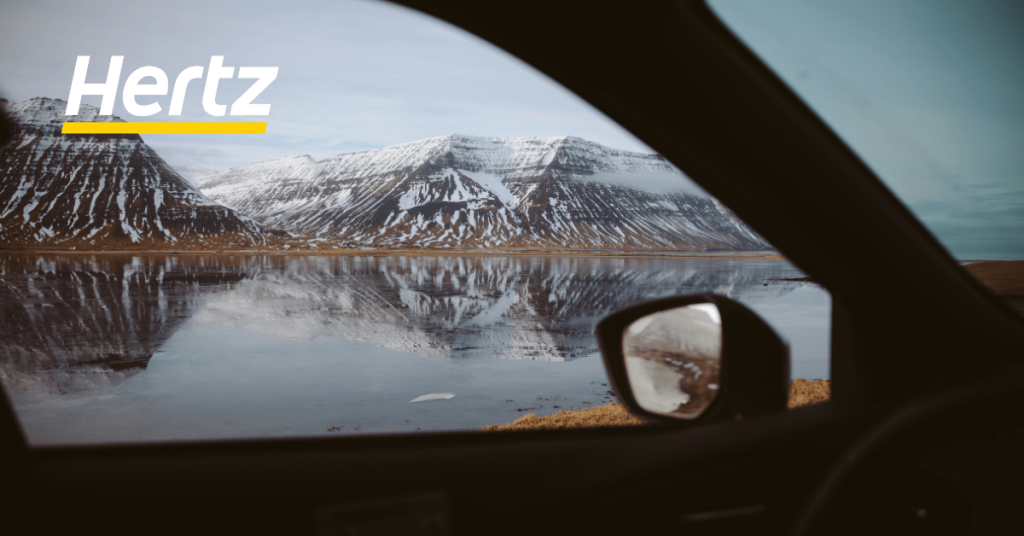
Driving Side & Safety
The most significant adjustment you must make involves switching from Britain’s left-side driving to Iceland’s right-side driving system.
While UK drivers spend years developing muscle memory with right-hand drive vehicles where the steering wheel sits on the right side, Iceland uses left-hand drive cars with steering wheels positioned on the left side instead.
This complete reversal affects your spatial awareness dramatically, as your familiar reference points disappear entirely. Roundabouts flow counterclockwise rather than clockwise, creating confusion during navigation.
Right turns become your new challenge (equivalent to UK left turns), requiring extra caution when crossing oncoming traffic lanes.
Final Thoughts
These lands bring roads whose tests might serve those folks quite often. Your basic moves might shift based on which items bring major tests ahead. Both areas offer views whose worth makes those extra costs quite clear, often.
Daily plans might focus on safe moves whose basic items avoid those major risks ahead. When the right steps occur first, every drive along these roads might bring those views whose worth stays fresh for years ahead. Your next trips with Hertz Iceland could bring those spots whose magic might often serve daily needs.
